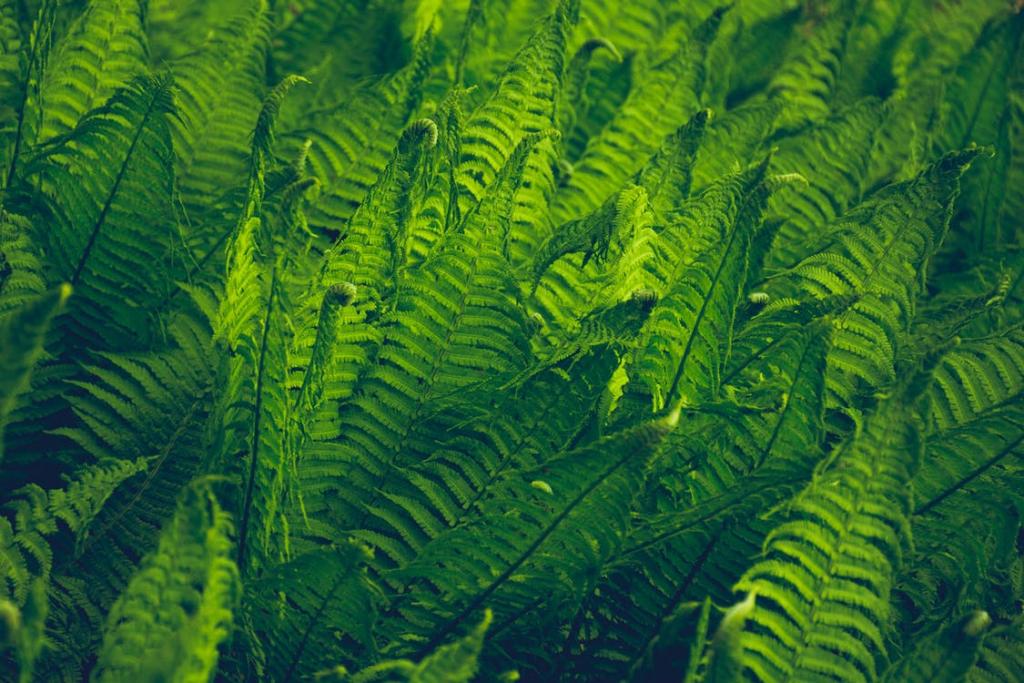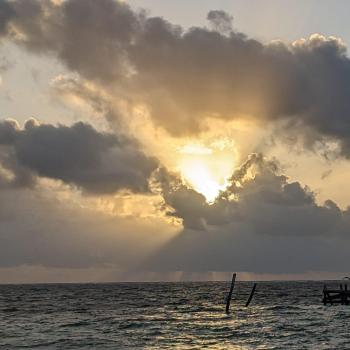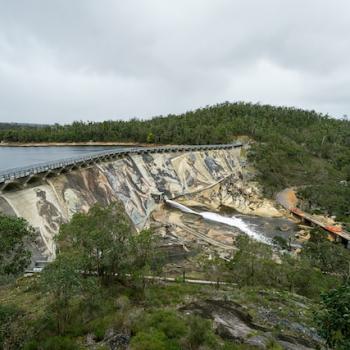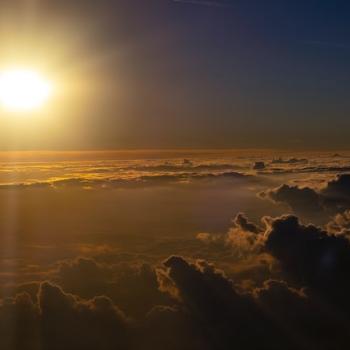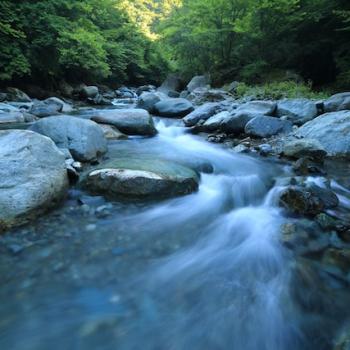In the Hindu Upanishads, there’s a passage that speaks to how those who become wise lose their names in the Great Oneness, the way rivers lose their names when they flow into the sea. In this transformation from the solitary to the communal, there’s a mysterious physics that each generation has to relearn regarding what is possible when we can work together.
Time and again, we’re asked to discover, through love and suffering, that we are at heart the same. How do we come to this knowledge in our lives, in our families, and in our communities? What brings us together and what throws us apart? How do we inhabit what we have in common as well as what makes us unique in ways that deepen our daily practice of service and compassion?
To explore these questions, I have gathered stories and lessons from across cultures and history, which reveal moments of community and the qualities of being and relationship that bring people together. My aim is to affirm that, despite the hardships always present, we are more together than alone.
After twelve years of research. I offer these moments of community, not as utopias or models, but as sunspots of human behavior that bear looking into, hard as that may be. These flashpoints of relationship and community arise from time to time when we’re inspired, and forced, to care for each other.
It’s my hope that, by understanding authentic moments of community, we can affirm that community is real and possible—beyond any illusion or deception. For no one can hide the truth of our failings or dismantle our better selves. The lessons gathered here are meant to be neither cynical nor idealistic, but resilient and useful.
While some moments of community were long-standing and multi-generational, others may have lasted a week or an hour. I seek to learn how they work. To uncover the pathways that bring us together. To discern the human dynamics akin to how a flock of geese migrates without losing a single goose. To understand that our exchange of love is akin to how photosynthesis enlivens a field of ferns. To understand how an orchestra works together to bring Mozart alive and what happens to the community of listeners as they awaken. And to be inspired by the gathering and perseverance of great effort, the way thousands accompanied Gandhi on his long march to the sea.
Why tend to all this? Because somewhere another child is being born who will ask us things we don’t yet know, and we must have some sense of how to account for our time on Earth. As the forgiveness researcher Robert Enright has said, “We need to prepare the hearts of the children for the conflicts they will inherit.”
When we can listen deeply and give freely, there is a natural evolution from the exploration of an inner self to the practice of care between self and other. Ultimately, the work of community is the practice of care stitching the world together.
Ours is a complicated era, and so we need every resource and example of heart and resilience we can find. It is both comforting and challenging to realize that no one person can wrestle from the Earth the song of how we can survive together, and no one voice can sing that chorus. We need each other more than ever.
A Question to Walk With: Describe a moment of community you have witnessed or experienced in which hardship or suffering has led people to work together for the common good. What made this moment possible?
This excerpt is from my new book, More Together Than Alone: Discovering the Power and Spirit of Community in Our Lives and in the World, which will be published next month by Atria Books.
*Photo credit: Philip Ackermann


